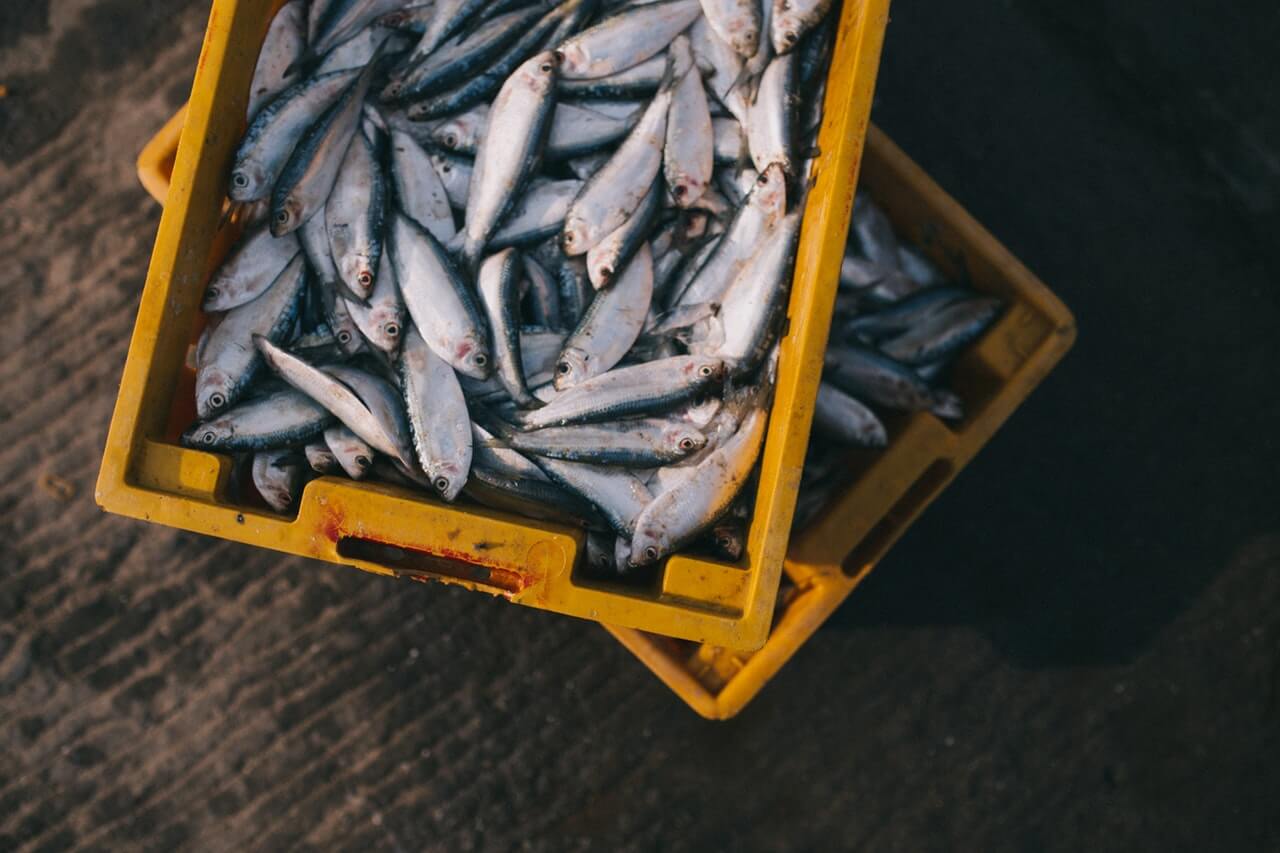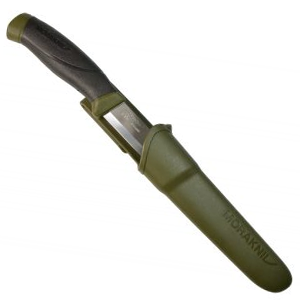Fishing is an excellent way to forget all about your worries and reconnect with nature, but it can also be a fairly competitive activity, or simply a way to get some fresh nutrient-rich food on the table.
Whatever your reason for choosing this great hobby, one thing is certain – you want to have the best tools available to ensure that you have a fun and relaxing experience.
The thing is, your average fishing enthusiast will spend quite a few pennies on a good fishing rod, lures, hooks, lines, and all sorts of other goodies found in the average tackle box, yet they often go for the first cheap fillet knife they come across. A good fishing knife is an essential tool, and a smart fisherman knows that it pays off to be a bit picky when choosing one.
So, let’s take a look at some of the things you should keep in mind when looking for the right fishing knife for you.

What type of fish will you be dealing with?
The first question you should ask yourself: what type of fish will you most likely be gutting? A smaller fish will require a thinner, shorter, and more flexible knife, as gutting a small fish takes some finesse. A 4 inch blade will suffice here.
On the other hand, if you are looking at both smaller and medium-sized fish, like bluegills, a 6 inch knife that is flexible, but still has some stiffness to it will serve you well.
For things like trout and bass, you might want to go for a knife that’s a few inches longer and bit thicker, as you will have to deal with bones that are a bit sturdier. You’d also want a larger handle, to get a firm grip. In general, a 7-8 inch blade makes for a good all-purpose fillet knife.
The blade needs to taper to a thin piercing point
The main characteristic of a fishing knife is that it is relatively narrow at the base and tapers down to a fairly thin, acute point.
This allows you to do make fairly precise cuts with the tip, while still having a bit more material at the middle to make longer sweeping cuts, and a relatively thick and firm part just above the finger guard that can be used for tougher tasks like cutting through the backbone.

You want good quality stainless steel
While there are some fairly nice carbon steel blades out there, they will rust in humid and moist environments, especially when exposed to salt water. This is why it’s best to go with a modern stainless steel, as these offer good flexibility and sharpness in a low maintenance, rust free package.
A good fishing knife will, of course, have to be kept quite sharp. This means that there has to be a good balance between flexibility and hardness. A knife that’s easy to sharpen is generally a good thing, but not if it keeps completely losing its sharpness after each fish you gut.
As a general rule, you want a knife that can go through several fish, get a couple of swipes on a sharpening rod, and keep on cutting as easily as it did on the very first cut.
Look for the right balance of thickness and flexibility
Now, a fillet knife will need to be a lot more flexible than your average kitchen knife, but it should still have some firmness to it. You essentially want it to flex relatively easily to a point and then remain firmly in that position, so that you can maneuver around the bones while retaining a great deal of control.
A knife that is too soft will bend too much and be more difficult to control, and it will also tend to dull much quicker. Another thing to consider is that longer knives, 7-9 inches, should be a bit thicker.
The added thickness makes the knife more robust and allows you to perform tougher tasks like cutting through bones, and it will ensure that longer blades don’t become too flexible and prone to damages.
The handle needs to be stout, secure and non-slip
Since you are dealing with a thin razor sharp knife with a fine point, in an environment where your hands will be wet and slippery, the last thing you need is a small, smooth, and flimsy handle. That’s just an accident waiting to happen. The handle should:
- Be big enough for you to fit your entire hand comfortably;
- Thick enough to fill up the palm and remain firmly locked in your hand;
- Have some sort of finger guard to prevent the hand from moving onto the blade;
- Feature textured plastic or rubber non-slip construction.

There are no clear rules when it comes to determining the size and shape of the handle past these basic considerations, as you will have to try it out and see how it feels in your hand to know if it’s right for you.
A good knife will come with a sturdy and secure sheath
This is a part that people often overlook when shopping for a fishing knife, but the sheath is just as important as the knife itself. In general, you want a sheath that:
- Is waterproof;
- Has a drainage hole to allow any residual water to pour out;
- Keeps the knife securely in place, even if it’s upside down;
- Has a solid belt loop or clip that keeps it securely on the hip.
The sheath doesn’t have to be anything fancy, it just needs to keep the knife firmly in place and be sturdy and resistant enough so as not to get damaged during regular use and exposure to water.
Conclusion
Choosing a good fishing knife that fits your hand and your needs is not that difficult, as long as you take the time to go over the points covered in this article.
The simplest way to find the right option is to go out there and try out a few different models – the one that ticks all the above mentioned boxes and feels comfortable in the hand is your best bet.


